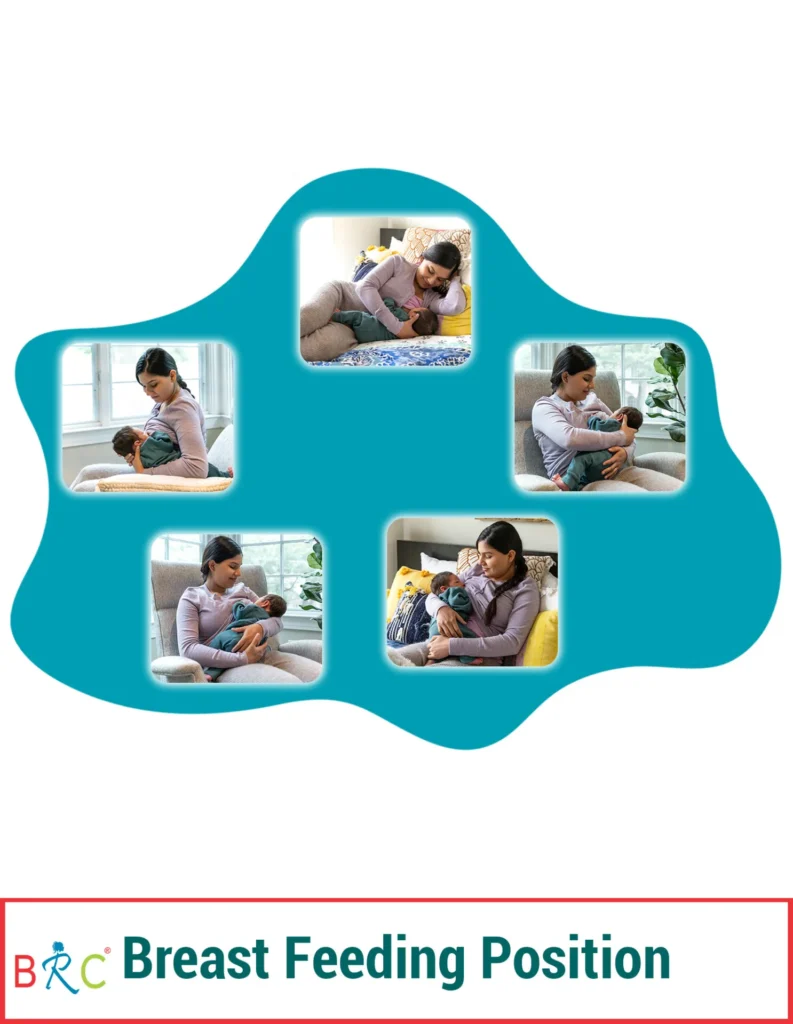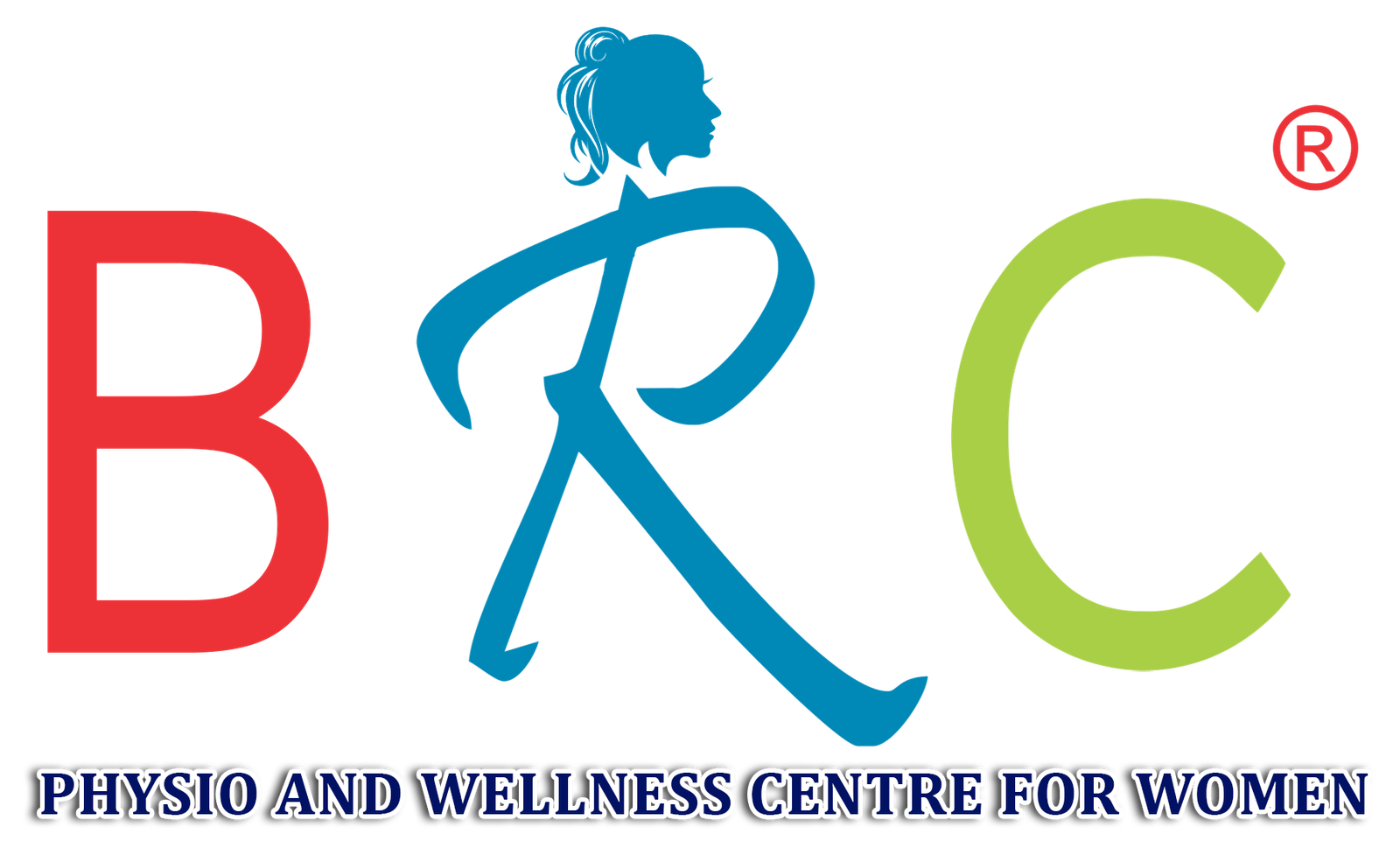BREAST FEEDING PHYSIO

MON-SAT 8:00-9:00
+91 569 803 6420

BREAST FEEDING PHYSIO
Breastfeeding physiotherapy focuses on providing support for new mothers to manage the physical challenges that can arise while breastfeeding. These challenges often involve posture, muscle strain, and discomfort in the neck, back, shoulders, and wrists due to holding the baby for extended periods. Physiotherapy can help alleviate pain, prevent long-term issues, and improve overall comfort during breastfeeding.
Key Aspects of Breastfeeding Physiotherapy:
1.Posture Correction
- Common Issues: Poor posture is one of the most common issues breastfeeding mothers face. Hunched shoulders, forward head posture, and slouched backs can lead to neck and back pain.
- What a Physiotherapist Does: A physiotherapist can teach you how to sit or lie down in a way that promotes a neutral spine, reduces strain, and avoids long-term musculoskeletal problems.
- Breastfeeding Positions: A physiotherapist can guide you on different breastfeeding positions, such as the cradle hold, cross-cradle, and side-lying position, that support optimal posture and prevent strain.
- Supportive Equipment: They may also recommend supportive pillows or cushions to keep your body in alignment while nursing.
2.Neck and Shoulder Pain
- Common Issues: Constantly leaning forward to breastfeed can lead to neck and shoulder tension or pain. Many mothers experience stiffness or soreness in the upper back and shoulders.
- What a Physiotherapist Does: A physiotherapist can teach you stretches and strengthening exercises to release tension in the neck and shoulders. Manual therapy techniques (like massage or trigger point therapy) can be used to alleviate muscle tightness.
- Breastfeeding Stretches: Physiotherapists can demonstrate stretches targeting the chest, upper back, and shoulders to counteract the hunched position often adopted during breastfeeding.
3.ostpartum Core and Pelvic Health
- Common Issues: After childbirth, many women experience weakened abdominal and pelvic floor muscles. This can affect posture, breathing, and stability while breastfeeding.
- What a Physiotherapist Does: They help with exercises that target the core muscles and pelvic floor to support the body and reduce pressure on the spine during breastfeeding.
- Pelvic Floor Exercises: Strengthening the pelvic floor can help with bladder control and support the overall stability of the body.
- Core Activation: Teaching proper activation of the abdominal muscles (e.g., diaphragmatic breathing and pelvic tilts) can help support a neutral spine while breastfeeding.
- Instant Business Growth
- 24/7 Quality Service
- Easy Customer Service
- Quality Cost Service

4.Wrist and Arm Pain
- Common Issues: Prolonged periods of holding and nursing a baby can lead to wrist pain (carpal tunnel syndrome), as well as strain in the arms and hands.
- What a Physiotherapist Does: A physiotherapist can offer wrist and hand exercises, stretching techniques, and ergonomic adjustments to prevent or manage these issues.
- Positioning of the Baby: They may also provide tips for proper arm positioning to reduce strain on the wrists, elbows, and hands.
5.Breastfeeding and Body Mechanics
- Common Issues: Many mothers don’t realize that certain body mechanics (how they hold their baby, how they sit, or how they lean) can strain their body.
- What a Physiotherapist Does: They offer education on how to move, lift, and position the baby in ways that reduce strain on the body. Proper technique can prevent musculoskeletal injuries.
- Ergonomic Advice: Suggestions for setting up a comfortable, supportive environment for breastfeeding, including how to adjust chairs, pillows, or cushions, to avoid repetitive stress on muscles.
5.Breastfeeding-Specific Exercises
- Common Issues: A mother’s body can become stiff and weak after giving birth, and the demands of breastfeeding can exacerbate these issues.
- What a Physiotherapist Does: Specific exercises can be taught to improve flexibility, muscle strength, and overall comfort.
- Chest and Upper Back Stretching: Stretching exercises that open up the chest and relieve tightness in the upper back can help alleviate discomfort.
- Strengthening Exercises: Simple exercises to strengthen the upper body, especially the back and shoulders, can help mothers maintain better posture during breastfeeding.
Benefits of Breastfeeding Physiotherapy:
- Reduced Pain and Discomfort: By improving posture and addressing tension in muscles, physiotherapy helps reduce neck, back, and shoulder pain, common complaints for breastfeeding mothers.
- Improved Mobility and Flexibility: Physiotherapists guide you on stretches that target tight muscles and improve range of motion, making it easier and more comfortable to breastfeed.
- Better Posture: By learning how to sit and hold the baby correctly, mothers can prevent long-term musculoskeletal issues and improve their overall comfort during breastfeeding.
- Pelvic Health: Strengthening the pelvic floor and core muscles helps improve stability, prevent incontinence, and enhance recovery after childbirth.
- Prevention of Injuries: With the right exercises and body mechanics, physiotherapy can help prevent long-term issues like carpal tunnel syndrome or musculoskeletal imbalances that may arise from the physical demands of breastfeeding.
How to Get Started:
Find a Specialized Physiotherapist
Look for a physiotherapist with experience in postpartum care, pelvic health, and breastfeeding support. You may need to ask for a referral from your doctor or midwife.
Initial Assessment
The physiotherapist will assess your posture, muscle strength, and any discomfort you are experiencing.
Personalized Treatment Plan
Based on your needs, the physiotherapist will create a treatment plan that includes exercises, posture correction, and ergonomic adjustments.
